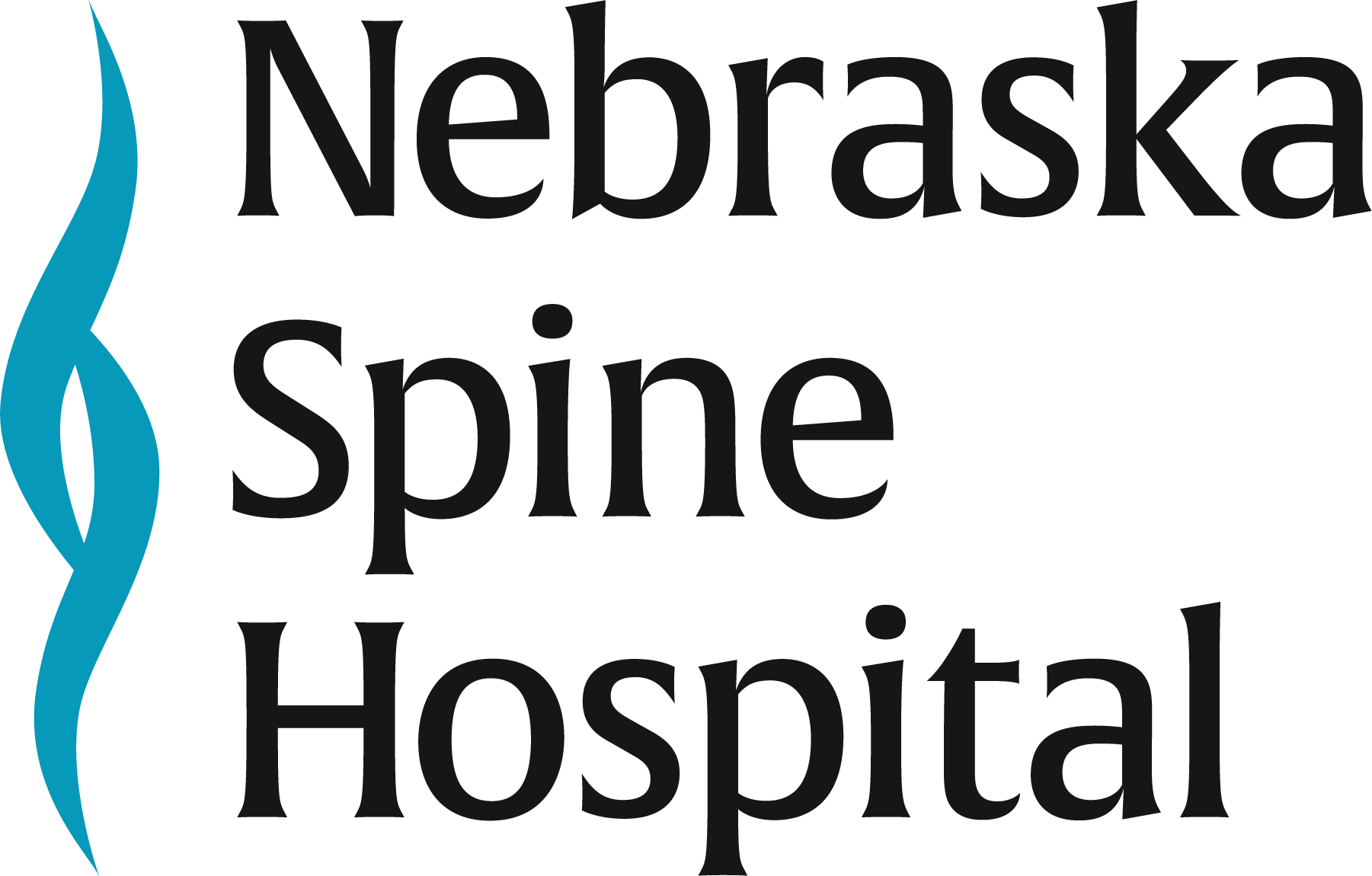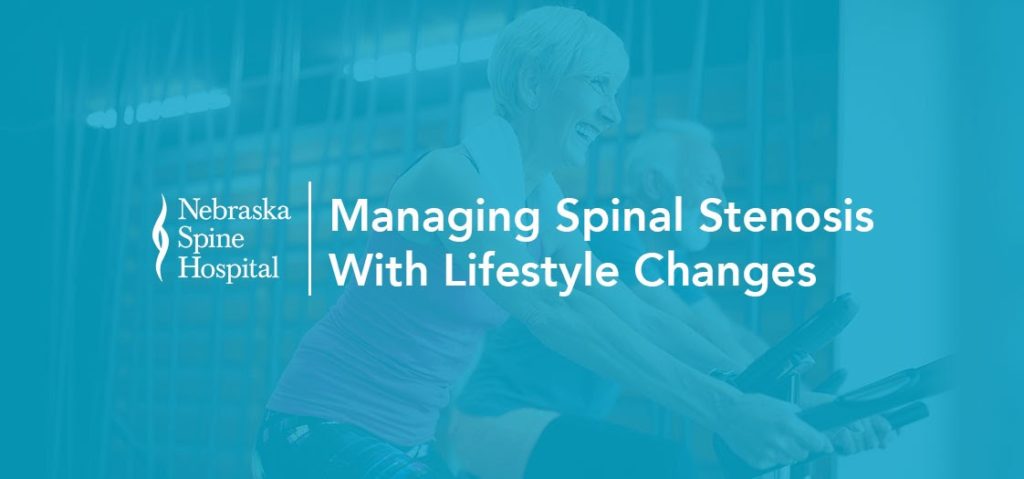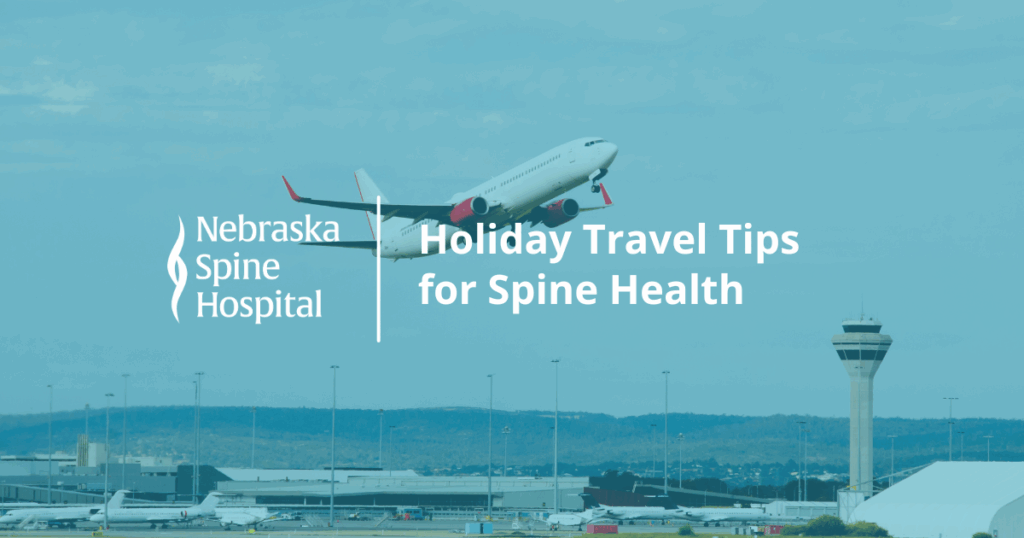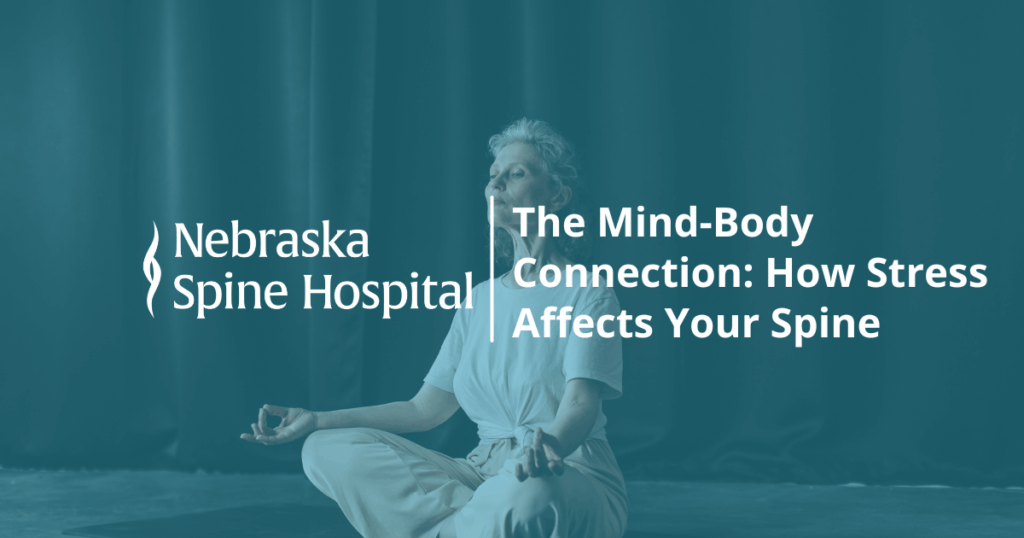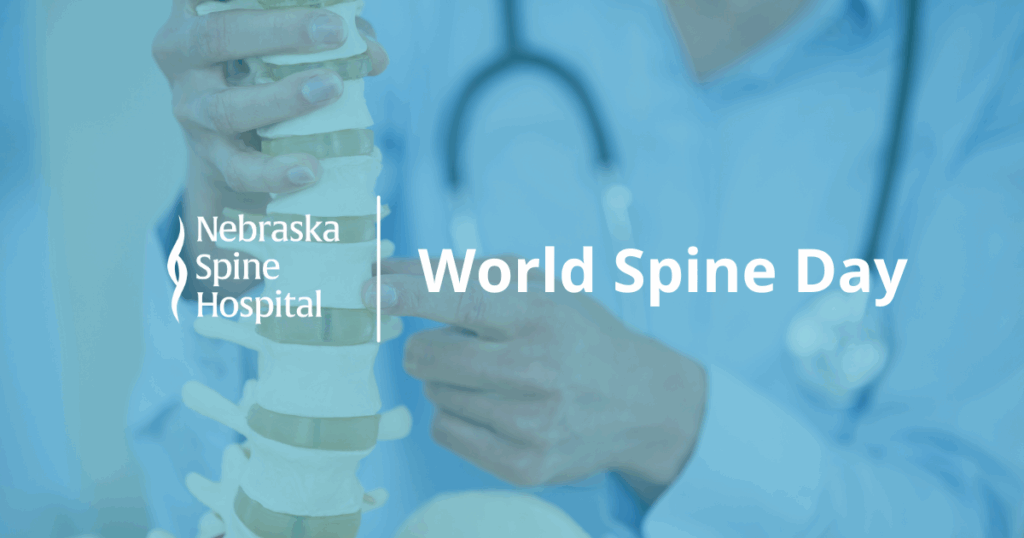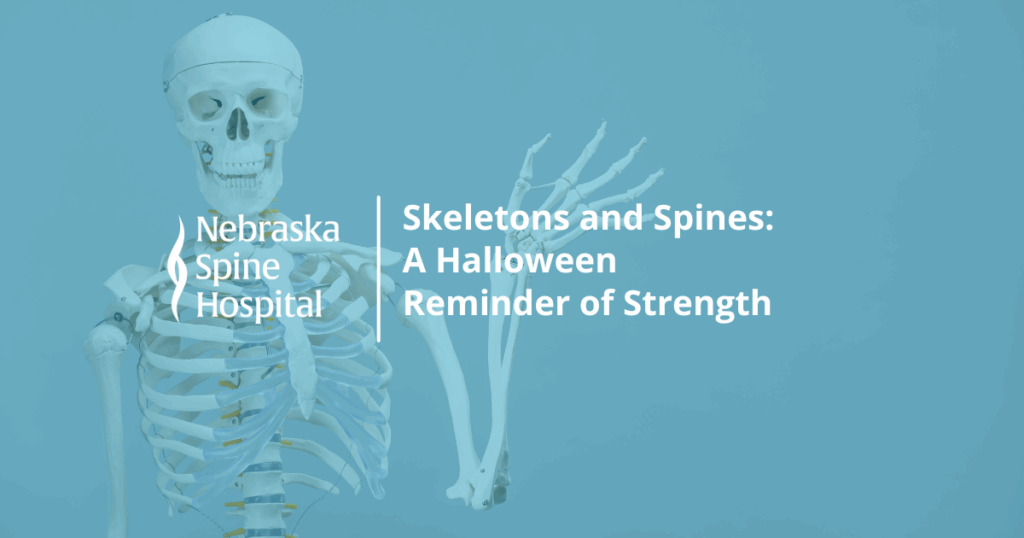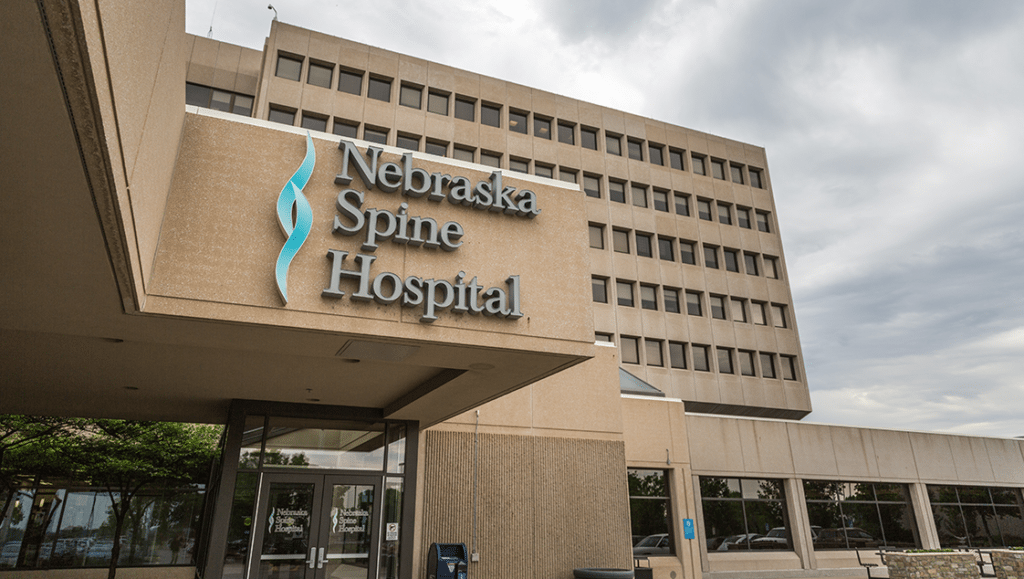Spinal stenosis is a common condition that often affects those over the age of 50. This condition occurs when the spinal canal begins to narrow. While most don’t feel the canal begin to narrow, they later experience symptoms such as radiating pain, numbness, or weakness. These symptoms begin to arise as the nerves in your spine and your spinal cord become compressed. Your physician may recommend managing spinal stenosis symptoms by modifying your daily activities.
You Might Also Like: All About Spinal Stenosis
Practice Proper Posture
It is important for everyone to practice proper posture, but especially those managing spinal stenosis symptoms. You should make sure your posture is correct during every activity including, but not limited to, sitting, standing, walking, lifting, and sleeping. Regardless of which activity you’re currently engaged in, you should focus on maintaining the natural curves of your spine.
You Might Also Like: Good Posture: Easy As 123
Exercise Regularly
Regular exercise is incredibly important to keeping your spine happy and healthy. When you exercise, it improves your body’s circulation. That, in turn, helps to pump nutrients into your spine’s soft tissues and drain toxins. The more nourished your spinal structures are, the less likely they are to cause you pain.
Those suffering from spinal stenosis are often more comfortable exercising while leaning forward slightly. This is because when you’re leaning forward, your spinal canal opens up, relieving the pressure on your nerves and nerve roots. We’ve found that many spinal stenosis patients enjoy riding bikes or stationary bikes, or walking uphill.
You Might Also Like: Low-Impact Aerobic Exercise For Back Pain
Focus on Healthy Eating
Consuming a balanced diet is beneficial for your entire body, including your spine. Nourishing your spine with the proper nutrients can help improve your body’s ability to heal itself. Here at Nebraska Spine Hospital, we recommend that our patients follow the Centers for Disease Control and Prevention dietary guidelines:
According to the Dietary Guidelines for Americans 2020–2025, a healthy eating plan:
- Emphasizes fruits, vegetables, whole grains, and fat-free or low-fat milk and milk products
- Includes lean meats, poultry, fish, beans, eggs, and nuts
- Is low in saturated fats, trans fats, cholesterol, salt (sodium), and added sugars
- Stays within your daily calorie needs
Utilize Heat or Cold Therapy
Using heat or cold therapy for managing spinal stenosis is a common recommendation for pain relief. Heat therapy can relax muscles and stimulate blood flow to the affected area, helping to promote healing. Cold therapy can help to numb the affected area, leading to pain relief. In some instances, it may be beneficial to switch between heat and cold therapy for optimum pain relief.
You Might Also Like: Back Pain Relief At Home
Looking for more information beyond these tips for managing spinal stenosis with lifestyle changes? Sign up for our monthly newsletter to learn more about keeping your spine happy and healthy!

